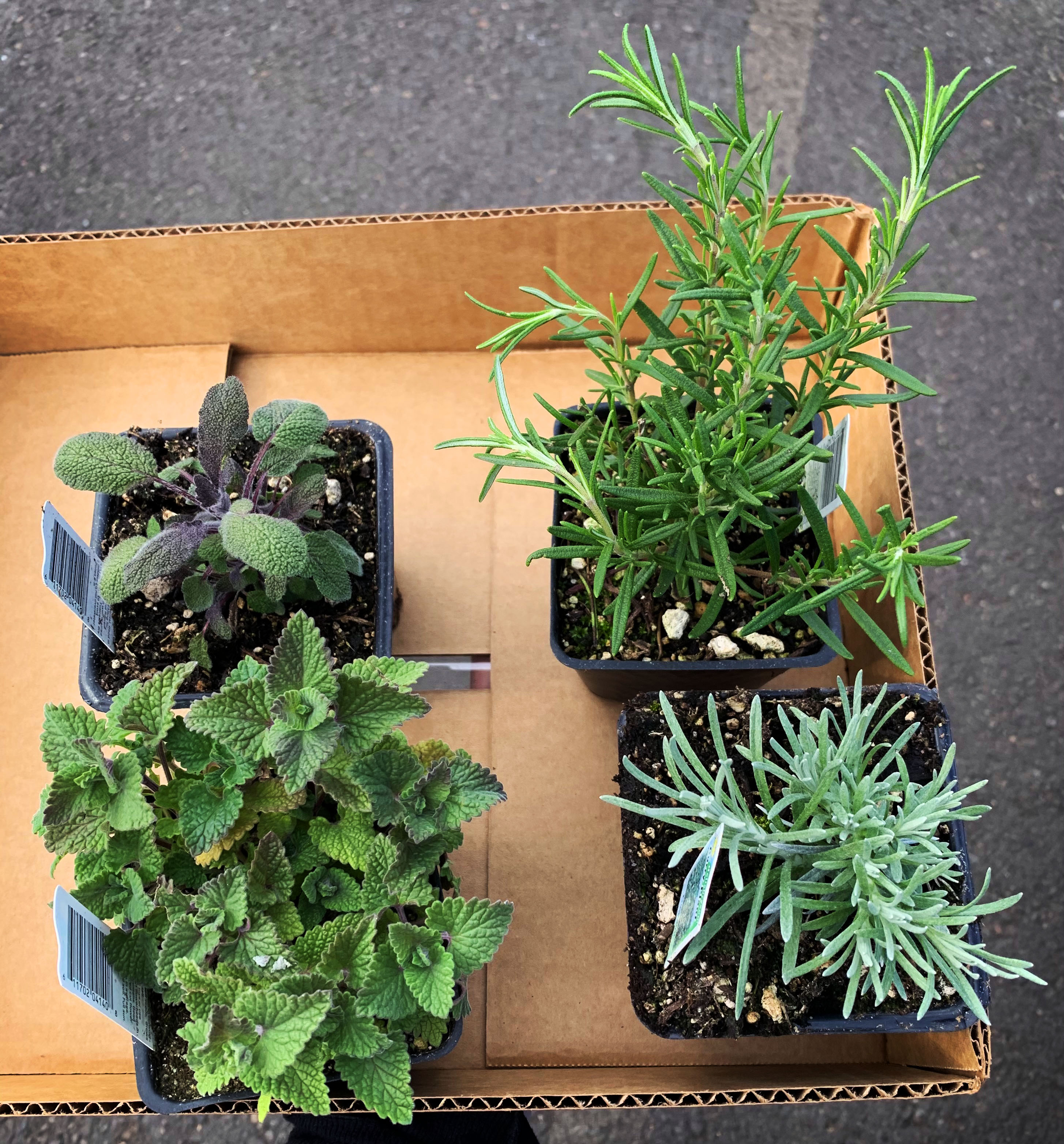Written by: Sadie Latimer | News Editor
Located on campus near Rice Auditorium, behind the in-progress new Student Success Center building, a community garden grows despite being surrounded by construction. Currently, it is being taken care of solely by Western alumnus Rick Tingle. The garden consists of several compost piles, strawberries, potatoes, raspberries, squash and many other fruits and vegetables. It also is home to a satellite dish, which is in the process of being dismantled.
Although the garden is in a fenced-off area, Tingle planted raspberries along the fence specifically for students to graze. “It used to be that people knew the garden was here only by coming down this trail and they would come by and pick the raspberries,” he said. Eventually, he wants the fence to be covered with additional plants, such as blueberries and cherry tomatoes.
“Every one of these plants I started on my balcony… I got to know every one of these plants, and I’ve watered them by hand every morning since late winter and early spring,” Tingle said.
His hard work in the garden was coming to fruition, with cucumbers, tomatoes and Japanese eggplant being harvested.
Tingle graduated in the spring of 2024 from Western with a Master of Science in Criminal Justice: Justice Studies. “Before that, here at (Western), I got my bachelor’s of anthropology and psychology and all of those things just dance. They interact,” he said. Before graduating with his master’s degree, Tingle wrote a research paper about how community gardens could help solve food inequity problems on college campuses — part of the reason why Tingle remains at Western, although no longer a student.
“I don’t mind being one of those invisible people doing the hard work in the garden. I just want the results of the hard work to be visible and effective,” Tingle wrote in a document. He is working toward the goal of “providing healthy foods for hungry people” at Western.
Tingle has been in the community garden every single day for two years. Even when the heat rose to 100 degrees during the summer, he was still planting, watering and keeping up his composting project.
Last autumn, Tingle began working with Western’s food pantry. Every Tuesday, the food pantry has supplied him with food that they would have otherwise had to throw away. Tingle is given a wide variety of expired or rotten food, such as potatoes, rice, bread and even cupcakes, before adding it to the different compost piles within the garden.
“The strawberries weren’t doing anything. Maybe the soil hadn’t been replenished. And then I got maybe 150 pounds of potatoes,” said Tingle — he ended up crushing the potatoes and mixing them in with the soil. In turn, the strawberries started growing with full force, with a sea of red potatoes growing in between the strawberry plants.
On sunny days, Tingle covers the compost piles with cardboard to make sure that the compost-eating creatures stay up top. “I’ve trimmed, I’ve pulled all the weeds and I keep it watered along the fence. I use those weeds with the compost,” Tingle said. He also mixes unexpected things like popcorn kernels into the compost. “This is what’s fun to me. It’s like an experimental compost.” Since he expects there to be much more food thrown out because of the start of the school year, Tingle has considered making another row and starting a new composting project altogether.
Ideally, the garden will become a place where students can work, enjoy their hobbies and make connections with other students. In the community garden, students can learn about gardening and composting and also have a space to feel comfortable and partake in Tingle’s “experimental composting.”
“From my research, one of the key points was that students need to feel comfortable in the garden space and their needs should be considered while planning the layout of the garden,” wrote Tingle. “Students need to interact in an enjoyable, creative atmosphere.”
“I want to let people know that there is a garden here and that it has been in transition, but we could use help right now beautifying it,” Tingle said. Success has been evident in Tingle taking care of the garden by himself, but he needs help making it accessible and appealing to all students. Any student can volunteer, whether it’s picking weeds, planting, general maintenance or painting the planter boxes.
“The last class that I did was a sustainability class because all of my research, all my findings, for my paper… I learned about permaculture. And one thing about permaculture is design. It’s a creative design, there’s an aspect that you have to make. The garden needs to be more than just planting and eating vegetables,” said Tingle.
Volunteers could also help make a website for the community garden. “Together we can begin to network and consider methods of a working garden website where people can communicate where help might be needed. The website may also be developed so that students might be able to check for real-time status updates of their plants in the garden,” he wrote.
If students are interested in helping out in any way or have any questions or suggestions, email Rick Tingle at rtingle18@mail.wou.edu.
Contact the author at howlnews@mail.wou.edu





